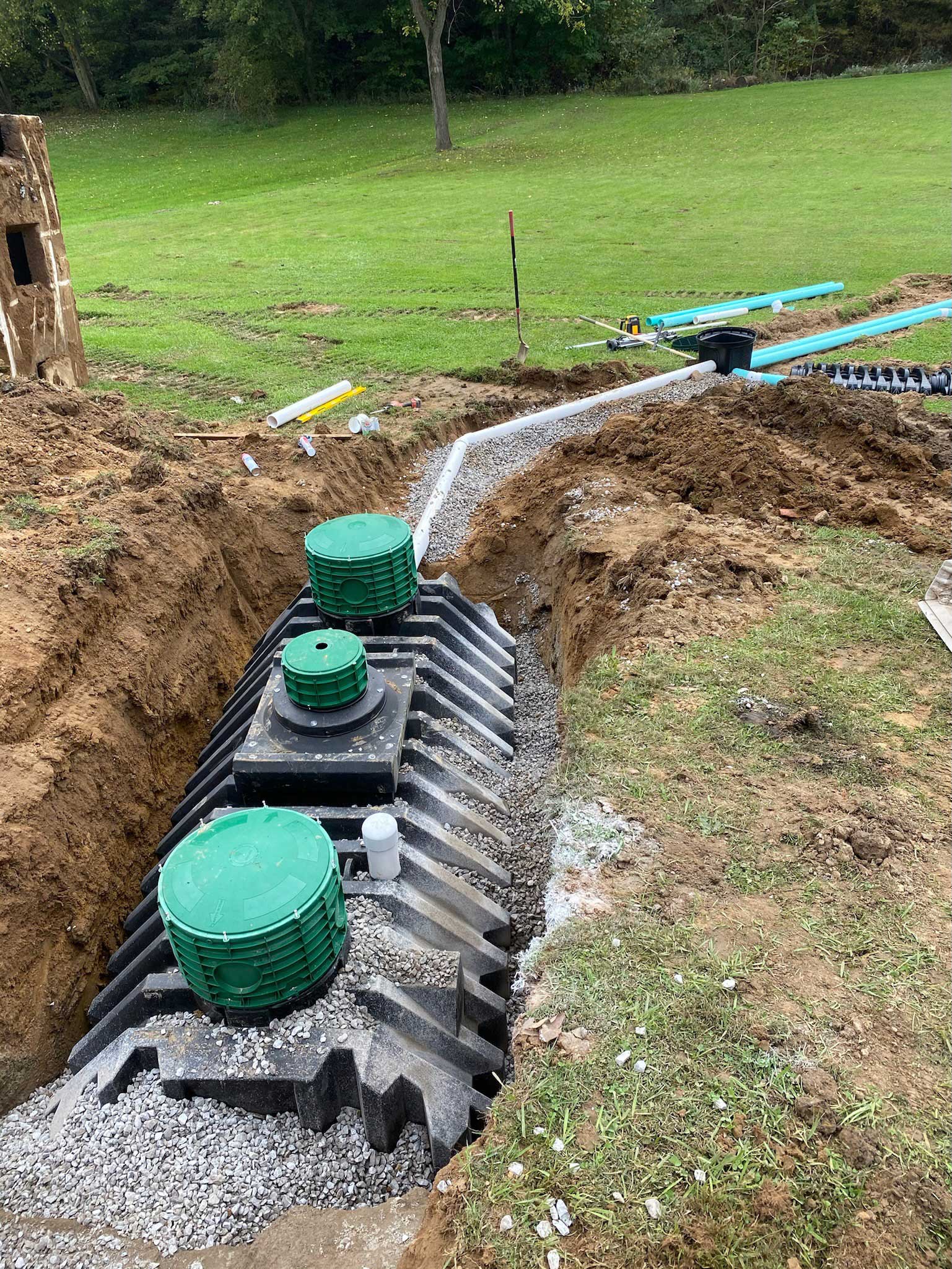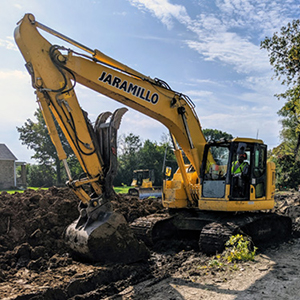Septic Ohio - Comprehensive Septic Tank Services in Ohio
Septic Ohio - Comprehensive Septic Tank Services in Ohio
Blog Article
In-Depth Exploration: The Science Behind Superior Excavation Practices
The realm of excavation practices is a domain name where science links with workmanship to discover the enigmas concealed beneath the earth's surface area. From ancient hand tools to modern-day hydraulic excavators, the development of excavation techniques has been a testament to human resourcefulness and technological innovations. However, what absolutely sets remarkable excavation practices apart is a deep understanding of geological concepts, coupled with the utilization of innovative devices and methods. By discovering the science behind these methods, we can uncover the keys that lie under our feet and value the accuracy and proficiency that enter into every dig.
Advancement of Excavation Techniques
Throughout background, the advancement of excavation methods has actually played a vital duty in advancing building and construction techniques and historical explorations. From the fundamental devices used by our ancestors to the advanced machinery utilized in contemporary times, the development of excavation techniques has considerably changed just how we approach various jobs.
In ancient times, hands-on labor with standard tools such as wheelbarrows, shovels, and pickaxes was the key technique of excavation. This labor-intensive procedure restricted the deepness and extent of excavations, commonly causing sluggish progress and limited accessibility to specific websites. As civilizations advanced, so did the tools and methods made use of for excavation.
The Industrial Revolution noted a turning factor in excavation techniques with the introduction of steam-powered equipment. This technology changed the area, permitting for faster and more considerable excavations. In contemporary times, technology plays a pivotal function in excavation, with developments like GPS systems, drones, and 3D scanning improving precision and efficiency in the area. The advancement of excavation techniques continues to form the method we develop, check out, and comprehend the globe around us.
Function of Innovation in Excavation

The assimilation of sophisticated modern technology has actually essentially reinvented the area of excavation, improving accuracy and effectiveness to unprecedented degrees - lancaster excavation. One of the vital technological advancements that has substantially impacted excavation practices is the usage of General practitioner systems.
Additionally, the introduction of 3D modeling and simulation software application has structured the preparation procedure for excavation projects. Drivers and designers can now envision the whole excavation procedure before damaging ground, maximizing and recognizing prospective challenges operations. Together with this, the execution of drones in excavation tasks has facilitated aerial surveys, volumetric dimensions, and site examinations with unmatched speed and precision.
Geological Principles in Excavation
An understanding of geological concepts is important for making certain the architectural integrity and stability of excavation sites. Geological factors play a vital role in identifying the expediency and safety of excavation projects (lancaster excavation). One vital geological concept to take into consideration is the sort of dirt or rock present at the website. Various dirt types, such as description clay, sand, or crushed rock, have differing degrees of security and require various excavation strategies. For example, cohesive dirts like clay might require extra support to avoid collapses, while sandy dirts may be vulnerable to erosion throughout excavation.
By conducting extensive geological studies you could try here and evaluation, engineers and excavators can develop strategies to minimize dangers and ensure the successful completion of excavation tasks. Ultimately, including geological principles into excavation techniques is important for attaining secure, effective, and sustainable results.

Most Current Devices for Excavation
In the realm of excavation methods, contemporary developments in devices have transformed the performance and accuracy of excavation procedures. One of the most recent tools making waves in the sector is making use of drones geared up with sophisticated imaging technology. These drones can give in-depth airborne studies of excavation websites, using real-time data on topography and potential risks. This information help in far better preparation and decision-making during the excavation procedure.
An additional cutting-edge tool obtaining appeal is the execution of 3D printing technology for producing personalized excavation tools. This enables the manufacturing of specialized tools that are customized to the details requirements of a task, boosting effectiveness and decreasing downtime.
Additionally, advancements in products science have brought about the advancement of stronger and more long lasting excavation devices. excavating ohio. Tungsten carbide-tipped excavator add-ons, for instance, offer superior performance in tough ground problems, improving productivity on-site
Scientific research's Effect on Excavation Practices

Furthermore, innovations in products scientific research have brought about the production of stronger, extra resilient excavation devices and equipment. For example, making use of composite materials in shovels and diggers has actually improved their efficiency and long life, ultimately boosting productivity on excavation sites. In addition, scientific research on dirt auto mechanics and geotechnical engineering has supplied useful insights into dirt behavior, allowing excavation professionals to make educated decisions concerning excavation methods and soil stablizing methods. Overall, science continues to drive innovation and improvement click over here now in excavation practices, making excavation projects much more efficient, cost-effective, and lasting.

Final Thought
Finally, the advancement of excavation techniques has been significantly influenced by improvements in modern technology and a deeper understanding of geological principles. The most recent devices and equipment made use of in excavation have enhanced effectiveness and accuracy in the field. The application of clinical knowledge has actually dramatically boosted excavation practices, leading to more reliable and sustainable approaches for excavating different kinds of materials.
In the world of excavation practices, modern innovations in tools have changed the performance and accuracy of excavation procedures. By leveraging clinical concepts, the excavation sector has actually been able to substantially enhance efficiency, accuracy, and safety and security in excavation procedures. GPR permits excavation teams to non-invasively scan and map subsurface structures, utilities, and potential dangers, allowing them to prepare excavation jobs with better accuracy and decreased threat of mishaps.
Furthermore, scientific research study on soil technicians and geotechnical engineering has actually offered valuable understandings into soil behavior, enabling excavation professionals to make enlightened choices regarding excavation techniques and soil stabilization methods. Overall, scientific research continues to drive innovation and improvement in excavation practices, making excavation projects much more effective, economical, and lasting.
Report this page